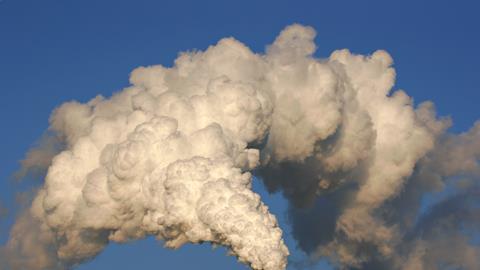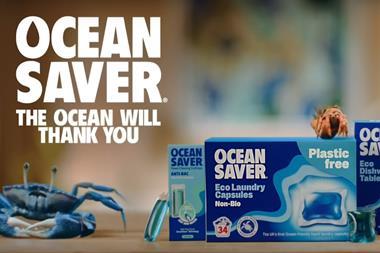
In recent months, sustainability ambitions in the food and drink industry have been brought into sharp focus. Many newly launched initiatives aim to tackle carbon emissions from farm to fork – most prominently, the Food and Drink Federation’s (FDF) plans to achieve net zero by 2040.
However, despite this impetus, more than a third of food and drink companies have not yet set their own targets for tackling climate change. Indeed, while the FDF’s Ambition 2025 progress report shows members have hit a target of reducing onsite carbon emissions by 55%, the organisation also acknowledges action needs to step up in light of latest information on climate change.
So in the latest of our Guide for SMEs series, John Barclay, technical director at ITPEnergised, discusses the main issues faced by food and drink SMEs, and how they can be overcome.
One size doesn’t fit all
There are many shining examples of ‘cradle to grave’ sustainability strategies out there, such as Innocent Drinks, which is recognised worldwide for its rigorous standards of social and environmental performance, accountability, and transparency. Innocent Drinks’ commitment to sustainability is intrinsic to the brand and considers all aspects of its footprint, including water usage, plastic recycling, and an export strategy which reduces the business’ carbon footprint and cuts waste. This includes food waste minimisation, packaging sustainability, and third-party resources efficiency, as well as building a strategy for sustainable agriculture.
But we know that this sort of holistic commitment isn’t possible for everyone, and one size doesn’t fit all. Instead, sustainability goals must be achievable and measurable, and tailored to organisation’s individual ambitions and capabilities.
Back to the factory floor
Setting achievable and pragmatic sustainability goals calls for focus, and the savviest firms are those who start by looking at the activities and attitudes of factory floor staff.
Understanding how onsite staff influence and control energy consumption is crucial to establishing strategies to identify areas for critical savings and reductions. Often, it’s the simple and sometimes seemingly smallest things that can make a difference. For example, are product conveyors operating with no products on them? Are air compressors operating at the correct pressure? Are automatic control systems bypassed for any reason? Do your staff understand your company-wide net zero targets, and do they know how they can contribute?
Of course, this is a two-way dialogue. Factory staff live and breathe their operations on a daily basis and are best placed to help identify areas for improvement. The savviest companies are listening closely to their thoughts and ideas as they know it’s these teams of people who can often have critical insight into how processes can be improved.
Quick fixes don’t work
There’s an adage that cheap isn’t good and good isn’t cheap, and it’s particularly applicable to sustainability efforts. Cheap carbon offsetting initiatives have come under fire for not standing up to scrutiny – and experts agree a robust sustainability strategy simply isn’t built on outsourcing responsibilities in this way.
Indeed, rather than offsetting, it makes more sense to use less energy and have reduced emissions in the first place – minimising your carbon footprint using smart energy management and energy efficient technologies.
There are plenty of energy saving technologies available, which when combined with expert consultancy can really help companies evaluate and understand where savings can be made. Promisingly, there are plenty of innovators, and great strides are being made in this arena.
A final word
So, while headlines tend to focus on what the biggest firms are doing, such as Coca Cola’s war on waste and the Co-op’s ten point carbon plan, it’s not just the larger companies who can make a real difference to the industry’s sustainability credentials. The FDF is clear that smaller brands have a vital role to play, they are nimble enough to react to the climate crisis with speed and can even lead the way, setting the example for larger organisations to follow suit.
However, it’s important to remember that there is no ‘one size fits all’ solution. There are so many different energy consuming processes in the industry, from ovens in a bakery, to industrial ice cream machines – so it’s important that business leaders look closely at their ambitions, what’s achievable and possible constraints – to develop a strategy which works for them.




















No comments yet